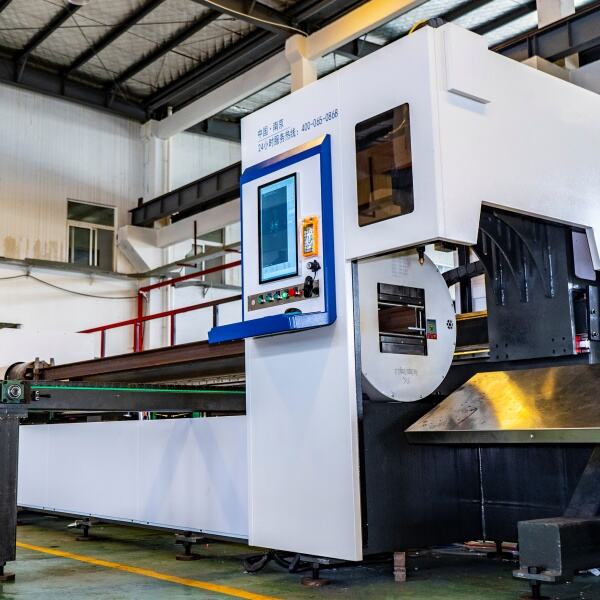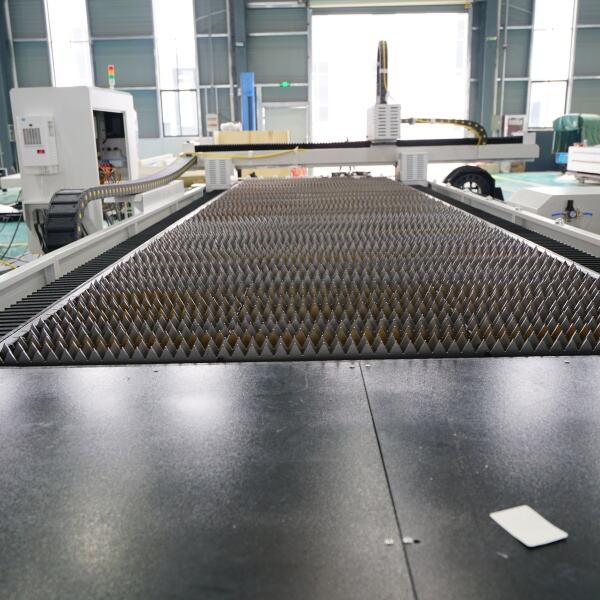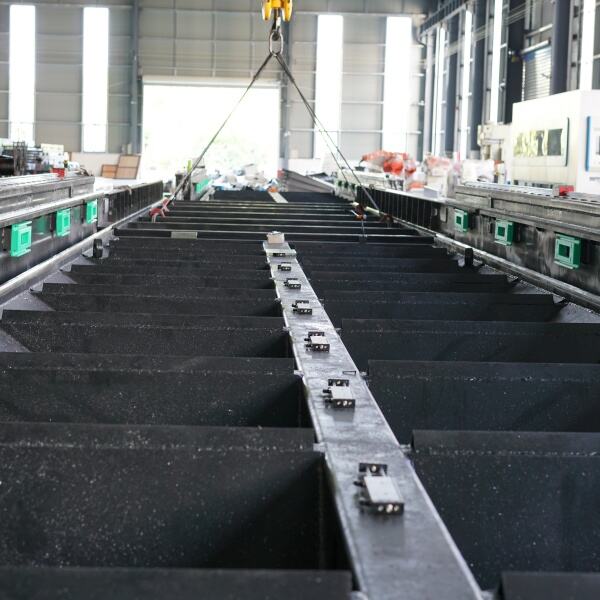
Harga mesin pemotong laser gentian dari RAYMAX ditentukan oleh pelbagai faktor yang sejajar dengan keperluan pengeluaran spesifik anda—seperti kapasiti pemotongan, kuasa laser, tahap automasi, dan keperluan penyesuaian. Sebagai pengeluar dengan pengalaman 22 tahun dalam jentera pemprosesan logam, kami mengelakkan penetapan harga secara satu saiz untuk semua; sebaliknya, kami menyediakan petikan harga yang disesuaikan dengan mengimbangkan prestasi, fungsi, dan nilai jangka panjang untuk industri anda (automotif, penerbangan, kuasa, dan lain-lain). Kuasa Laser adalah faktor utama penentu harga, kerana ia menentukan ketebalan dan jenis logam yang boleh dipotong oleh mesin tersebut. Model masukan kami iaitu mesin pemotong laser gentian 1000W—yang sesuai untuk industri ringan (contohnya, memotong kepingan aluminium 0.5-6mm untuk peti elektrik)—mempunyai titik harga yang berbeza dengan model berkuasa tinggi 6000W kami yang direka untuk aplikasi berat (contohnya, kepingan keluli karbon 20mm untuk komponen kapal atau rel kereta api). Sebagai contoh, model 2000W yang sesuai untuk pengeluaran komponen automotif secara kecil-kecilan (memotong kepingan keluli 8mm) akan berharga lebih rendah berbanding model 4000W yang direka untuk pemotongan kepingan keluli tebal secara besar-besaran di loji kuasa. Saiz Katil Pemotongan turut mempengaruhi kos, kerana ia menentukan saiz maksimum kepingan logam yang boleh diproses oleh mesin tersebut. Katil piawai 3m×1.5m kami adalah berkos rendah untuk industri ringan dan komponen automotif kecil, manakala katil bersaiz 6m×2m yang disesuaikan (untuk plat badan kapal atau komponen rel kereta api yang besar) memerlukan kejuruteraan dan bahan tambahan, meningkatkan harganya. Seorang pelanggan galangan kapal di Timur Tengah melabur dalam model katil 6m untuk memotong kepingan keluli sepanjang 5m dalam satu laluan sahaja—mengelakkan keperluan pemotongan sekunder dan membenarkan kos permulaan yang lebih tinggi melalui peningkatan kecekapan jangka panjang. Ciri-ciri Automasi menambah nilai dan menyesuaikan harga. Model asas berpemuatan manual adalah lebih berpatutan untuk pengeluaran jumlah rendah, manakala model automatik dengan sistem suapan servo, sensor penjenisan kepingan, dan penghantar keluar adalah ideal untuk industri berjumlah tinggi seperti automotif. Mesin pemotong laser gentian automatik kami mengurangkan tenaga kerja sebanyak 70%—seorang pelanggan automotif di Eropah Barat yang menggunakan model automatik 3000W berjaya mengurangkan kos pengeluaran sebanyak 20% dalam tempoh setahun, walaupun pada harga permulaan yang lebih tinggi. Pilihan automasi lain seperti penjenisan kamera (untuk pemotongan yang tepat pada kepingan bercetak) atau perisian nesting (untuk pengoptimuman penggunaan bahan) juga mempengaruhi kos tetapi memberi pulangan pelaburan yang cepat melalui pengurangan pembaziran bahan (sehingga 15% untuk pelanggan penerbangan yang memotong aloi aluminium mahal). Penyesuaian untuk keperluan industri spesifik seterusnya memperhaluskan penetapan harga. Sebagai contoh, pelanggan di kemudahan petroleum di pinggir pantai mungkin memerlukan salutan ketahanan kakisan pada bingkai dan komponen mesin (untuk menahan pendedahan kepada air masin), manakala pelanggan penerbangan mungkin memerlukan reka bentuk yang serasi dengan bilik bersih (untuk mengelakkan pencemaran habuk semasa memotong aloi aluminium). Pasukan teknikal kami bekerjasama dengan anda untuk mengenal pasti penyesuaian yang diperlukan dan menyediakan huraian kos yang telus. Untuk menerima petikan harga yang tepat, sila hubungi kami dengan maklumat berikut: bahan sasaran anda (keluli karbon, keluli tahan karat, aluminium, dan lain-lain), ketebalan/panjang maksimum kepingan, jumlah pengeluaran (kumpulan atau berterusan), dan sebarang keperluan unik (contohnya, penggunaan dalam bilik bersih, katil besar). Kami akan mencadangkan model yang optimum, memasukkan pemasangan, latihan operator, dan jaminan 12 bulan dalam petikan tersebut, serta menggariskan penjimatan jangka panjang daripada kecekapan tenaga dan pengurangan pembaziran. Sama ada anda beroperasi di Asia Tenggara, Eropah Barat, atau Amerika Selatan, kami memastikan pelaburan anda sejajar dengan matlamat pengeluaran anda.


